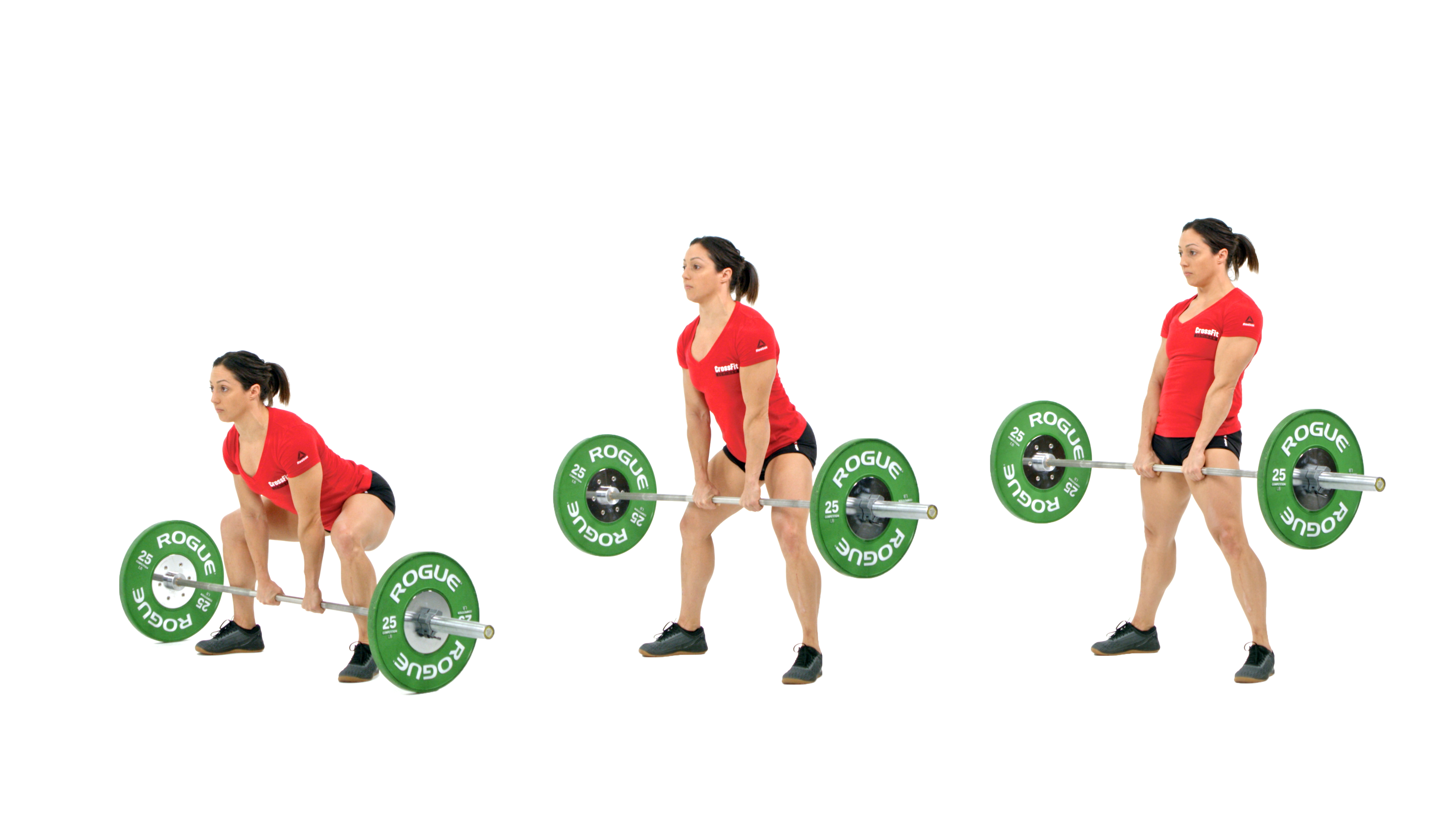One of my favourite back pain prevention exercises is the deadlift. It mimicks lifting from floor level and is an essential movement of the human body. Because so many joints are involved (e.g.: ankles, knees, hips, lumbar, shoulders) it is known as a compound movement.
But isn’t lifting the way people hurt their backs?
No. Bad lifting is how people hurt their backs. Just like bad eating is how people get unhealthy. We have to eat. We have to lift. The back is designed to do work. So instead of being afraid of lifting, simply learn to lift right. And now you can be confidently active.
Remember that throughout history we have been very physical, it is only recently that our societies have allowed us to sit all day and make a living. But just like that has been bad for our cardiovascular health, it has been bad for our physical health. Use it or lose it. The more our bodies are fit and ready to perform physical work, the stronger and healthier they will be.
How to properly and safely deadlift
**First and foremost, if you are unfamiliar with the deadlift, please read the following instructions carefully but also check with your physio/chiro/trainer before doing your very first deadlift.
The beauty of the deadlift is that it requires the following:
- good hip mobility
- good quad, glute, hamstring strength
- strong core (obliques, low back muscles, abs) that can hold your spine safely while you hinge at the hips under a heavy load
All of the above are excellent for preventing the type of muscle weakness and bad body mechanics that prevent you from properly lifting.
Before starting a deadlifting program, make sure you have decent calf and hamstring flexibility. A typical jogger’s stretch will suffice for calves. For hamstrings, see our video tutorial for flexibility tips.
The following are beginner tips for good deadlifting. See this video of one our patients during a competitive deadlift to see what the finished product should look like.
Now, let us break it down into easy to follow steps. Use a moderately weighted single dumbbell to do beginner deadlifts.
Straight Legged Deadlifts
– grab dumbbell in both hands while standing
– keep feet at shoulder width and knees straight
– hinge at the hips to bring your belly towards the ground WHILE KEEPING BACK STRAIGHT (never flex the low back)
perform 2 sets of 15 with a moderate weight to lubricate the hamstring and hips.

Dumbbell Sumo Deadlift
– now place legs wide apart, toes turned outward
– throughout ENTIRE MOVEMENT keep low back arched slightly backward (see picture)
– you only dip as low as you can without flexing lumbars forward
– let knees go at or slightly pass the toes at bottom of movement
perform 3 sets of 12 to 15.

Eventually you can move on to using a barbell (see below) when your hip mobility allows you to hinge at the hips enough to grab something closer to the ground without flexing your lumbar spine. The hips are a ball-and-socket joint and are meant to move under load, this is why they hinge to move your torso. Your intervertebral discs are NOT meant to move under heavy loads, but to be still. This is why we lock the back during the movement. It is when we flex or rotate the spine under load that we damage the discs. But loading the discs while the spine does not move, we actually improve disc and bone health in the spine.
***Always check with a trainer/physio/kinesiologis/athletic therapist/chiro before starting ANY new weight lifting movement.

